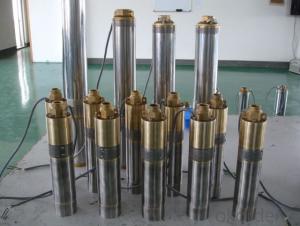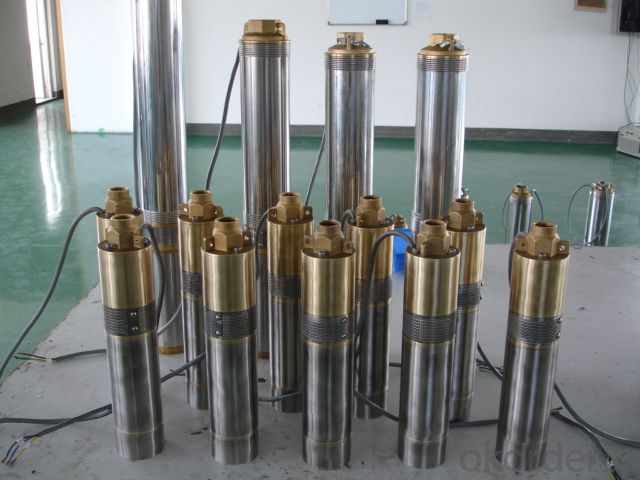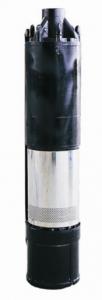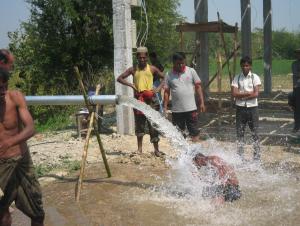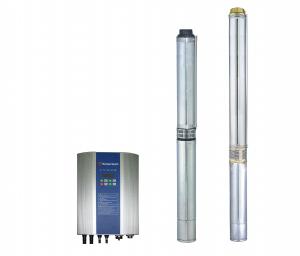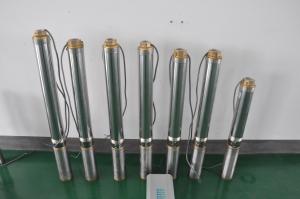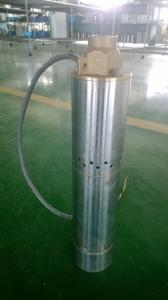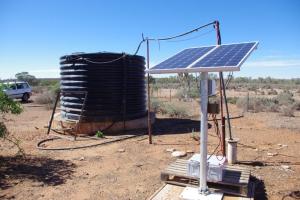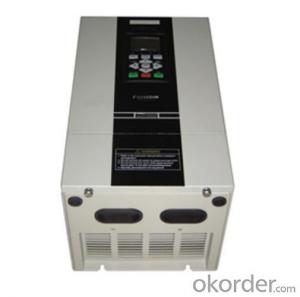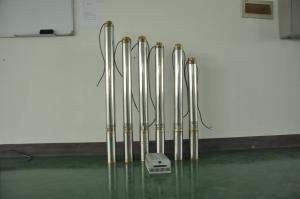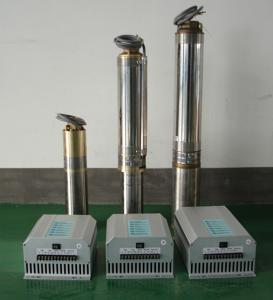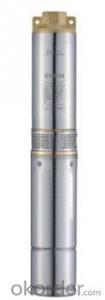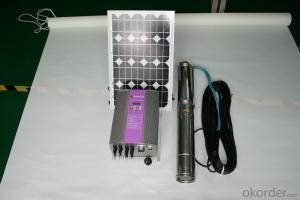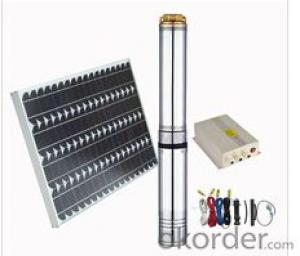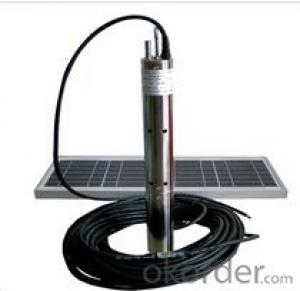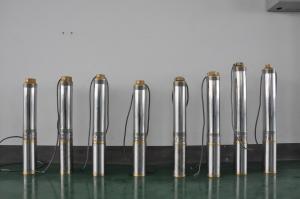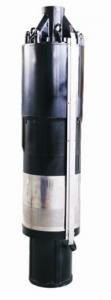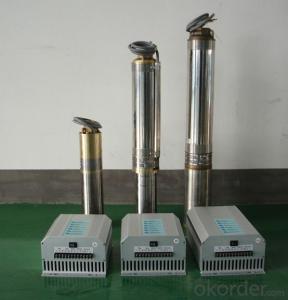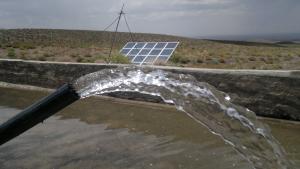Best Solar Brushless Water Pump for Bird Bath
- Loading Port:
- Shanghai
- Payment Terms:
- TT OR LC
- Min Order Qty:
- -
- Supply Capability:
- 300 set/month
OKorder Service Pledge
Quality Product, Order Online Tracking, Timely Delivery
OKorder Financial Service
Credit Rating, Credit Services, Credit Purchasing
You Might Also Like
how is the rotor made:

how is the motor made:
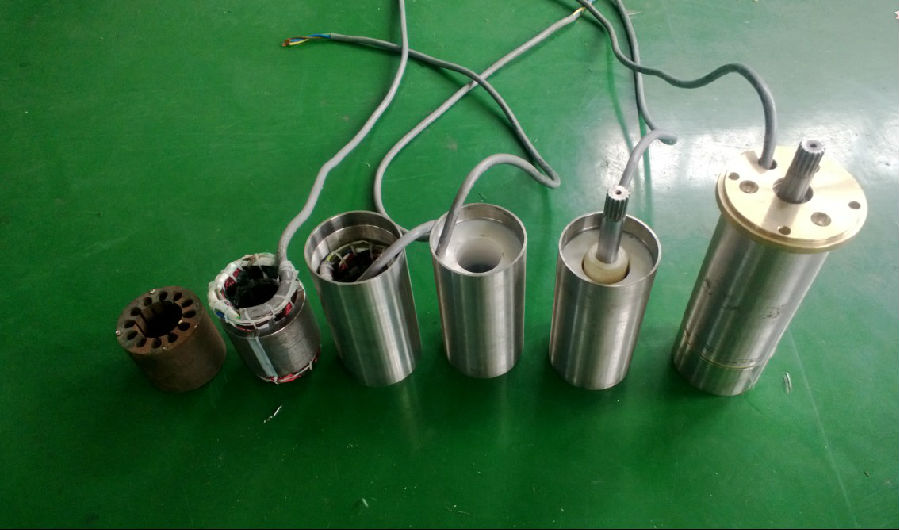
the pump :
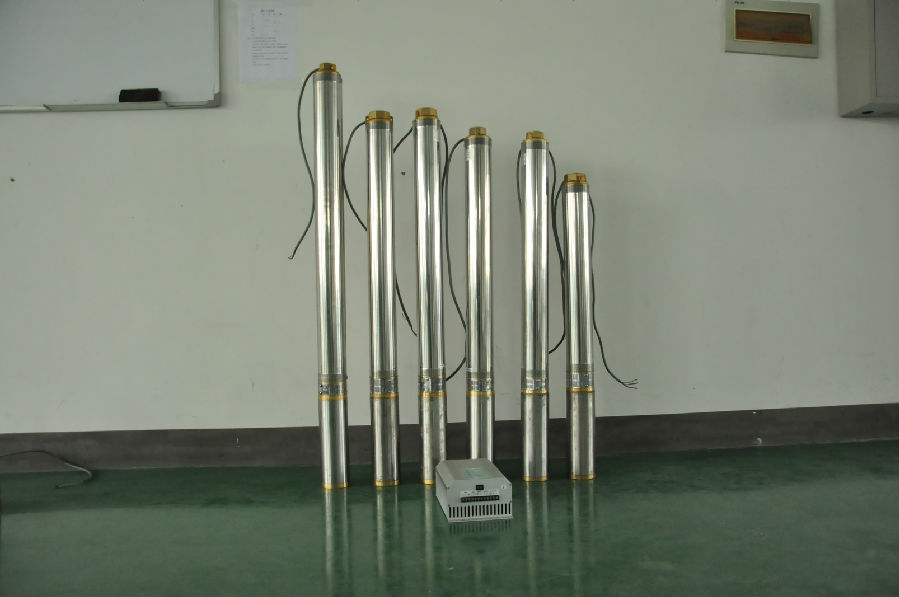
controller terminal connection:
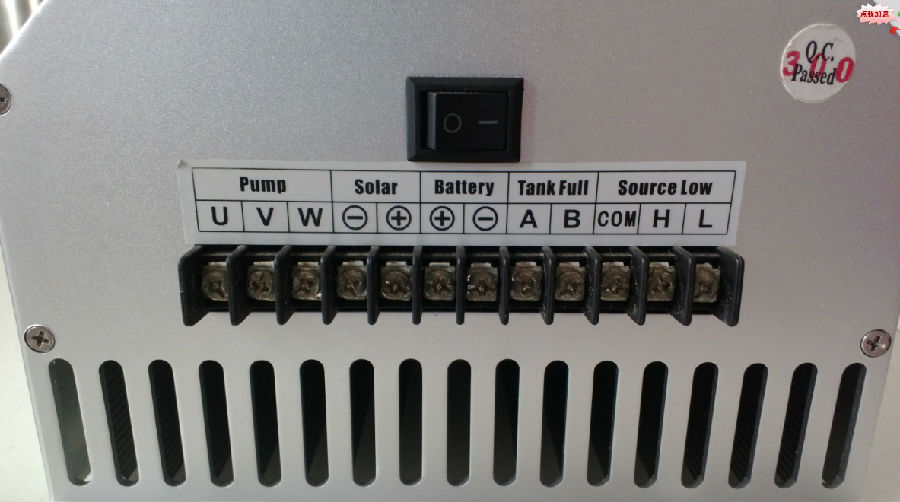
The permanent magnet:
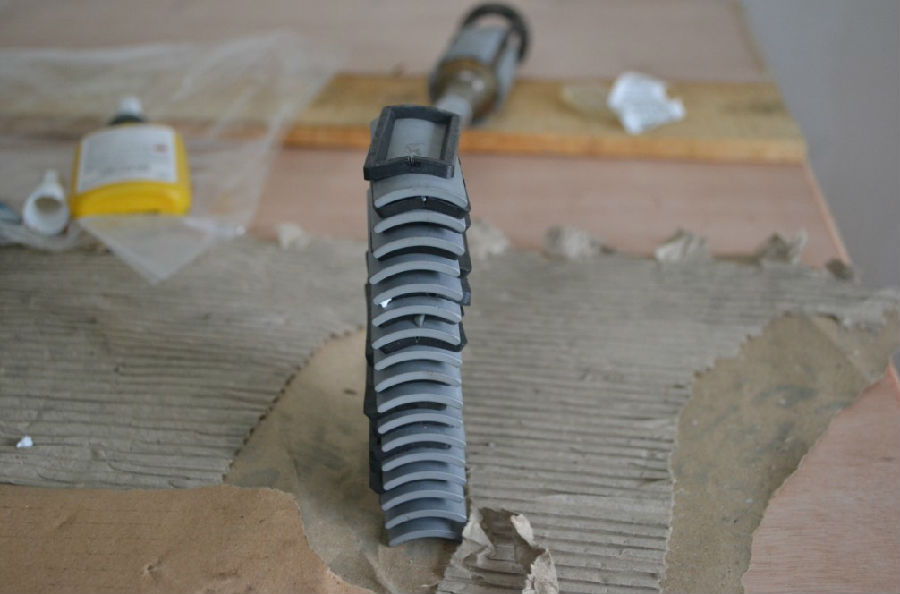
the impeller:
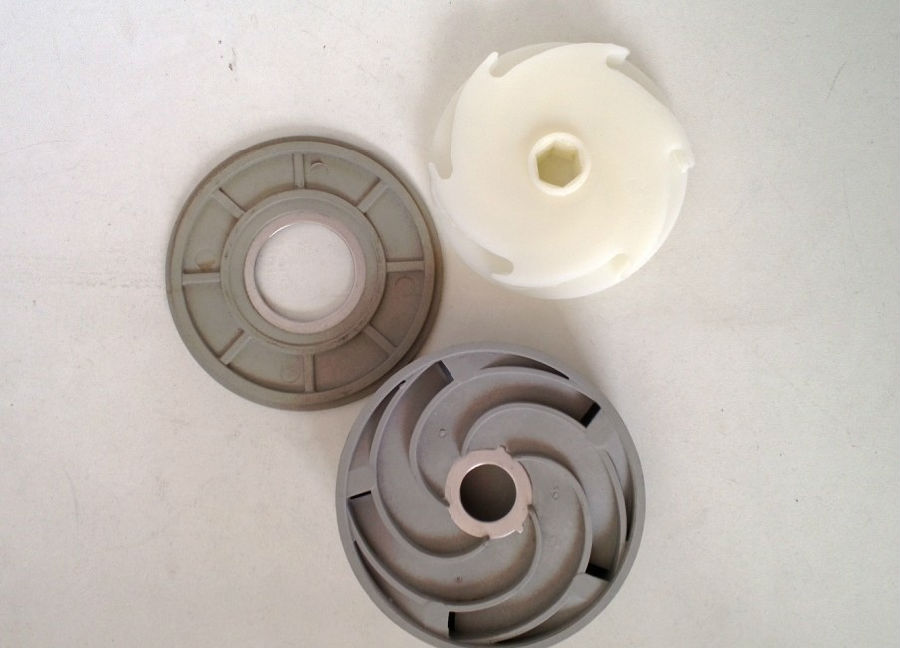
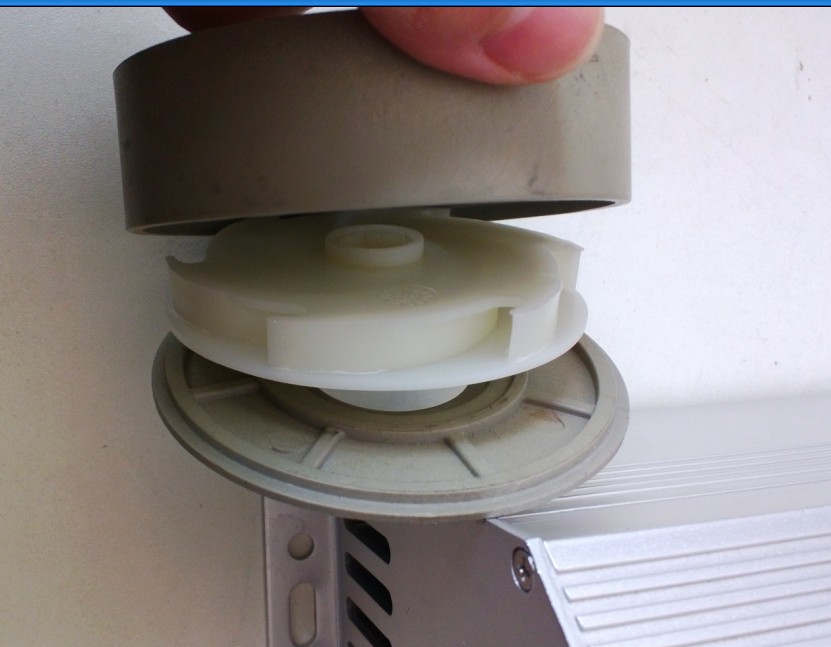
controller box:
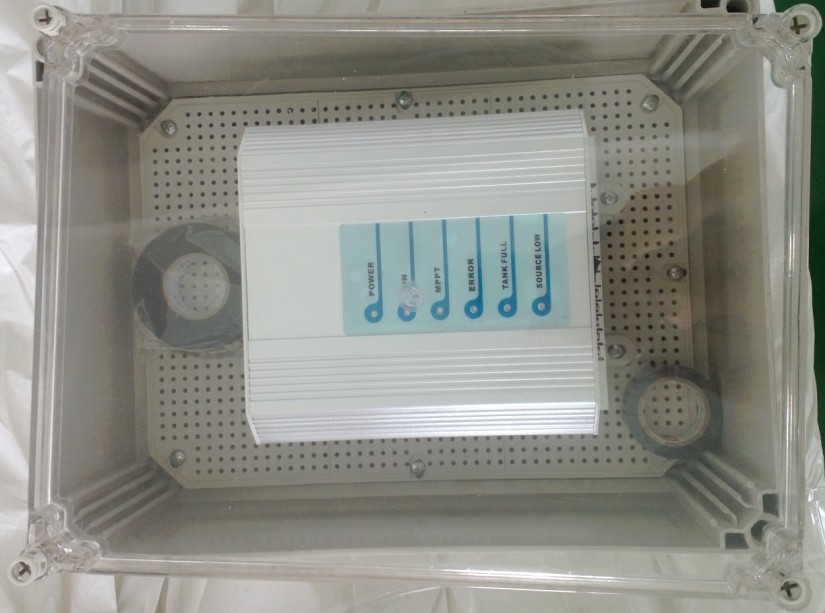
the senors:
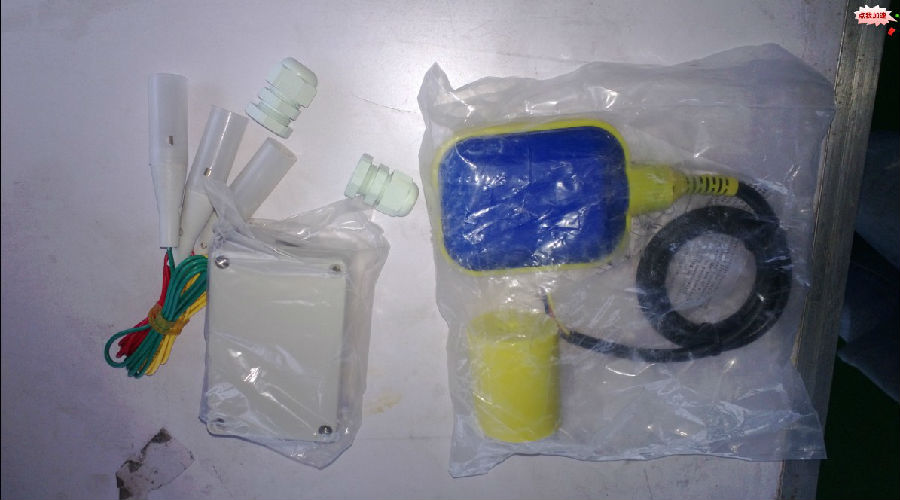
the test:
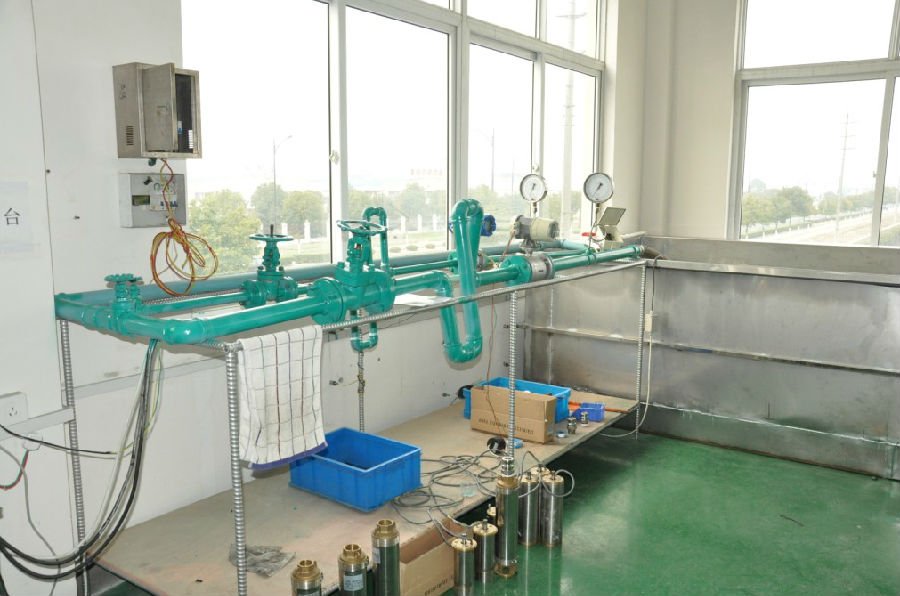
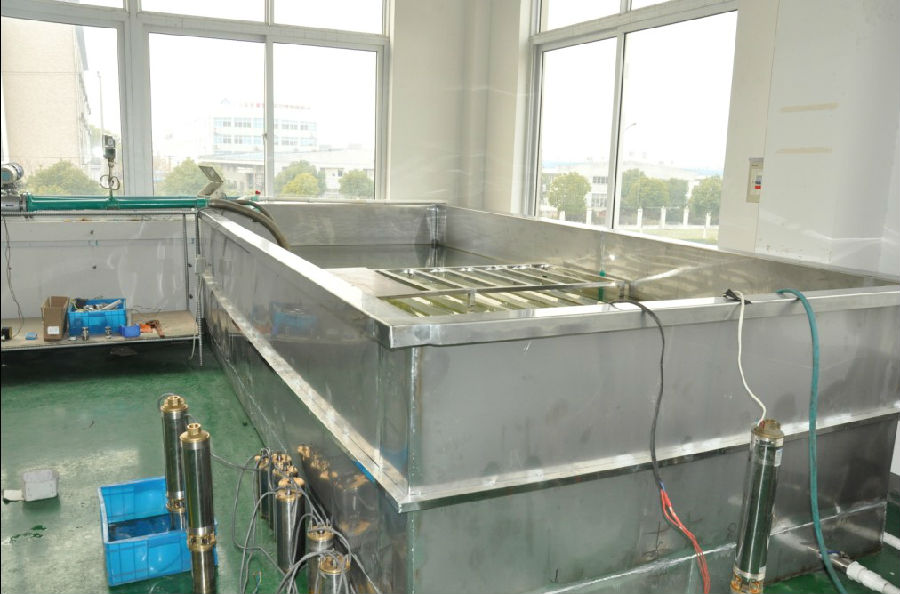
the application:
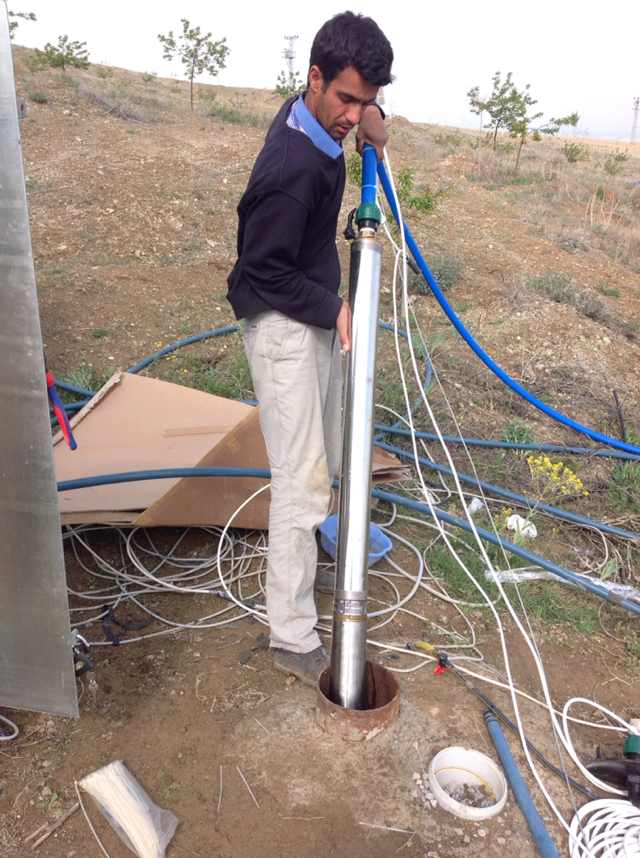
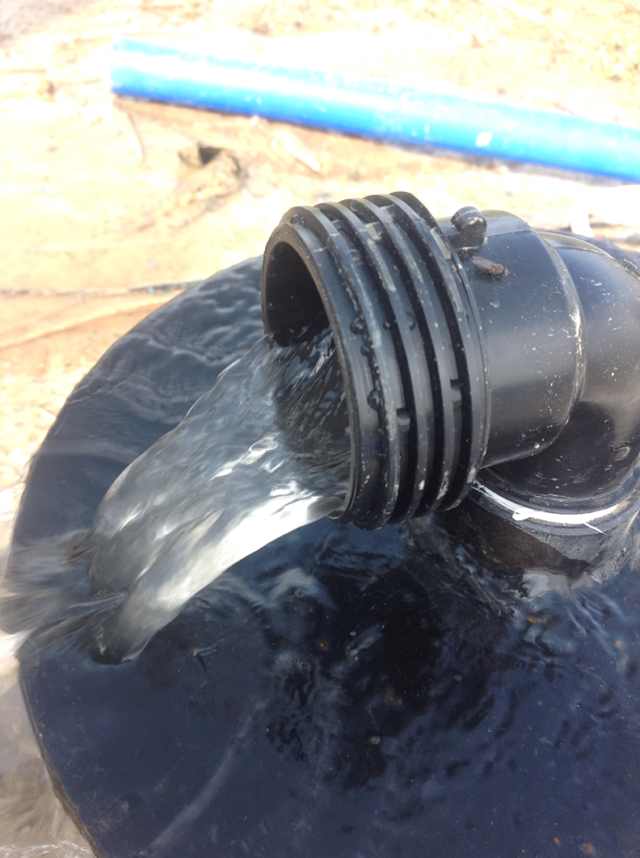
the package:

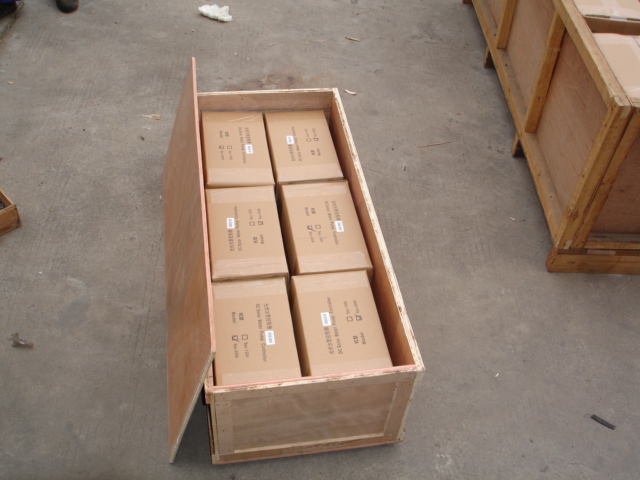
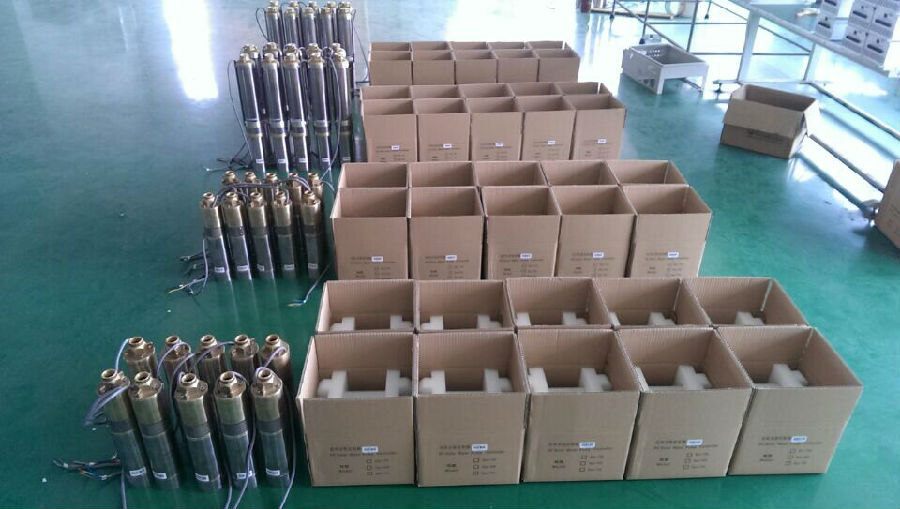

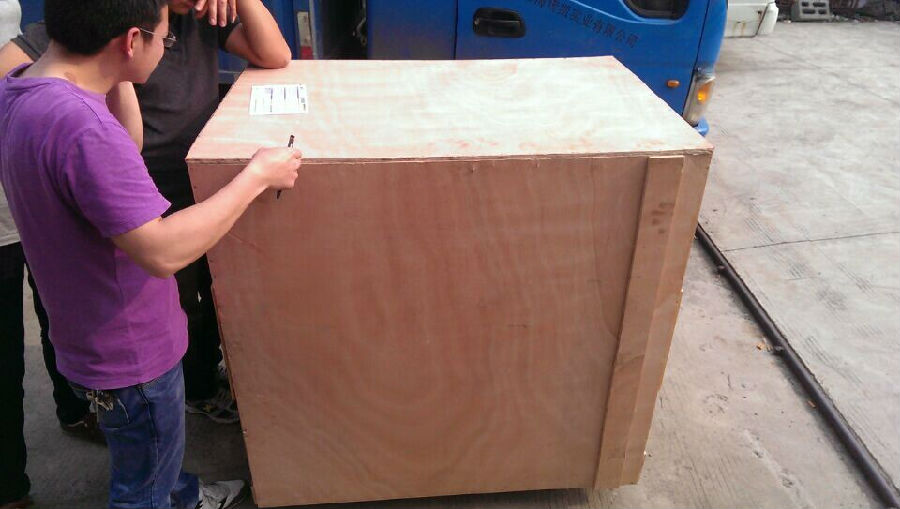
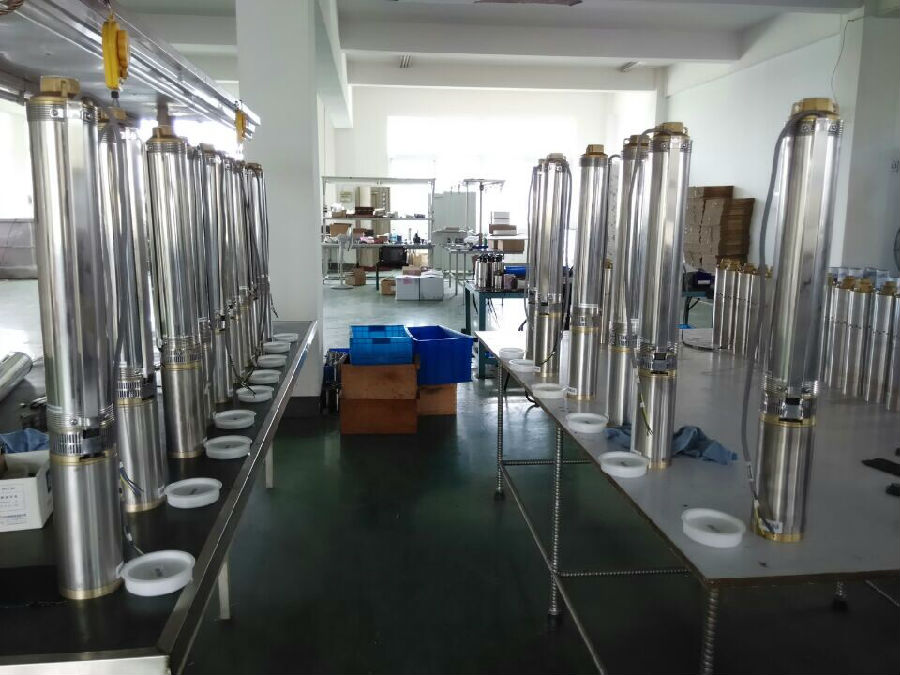
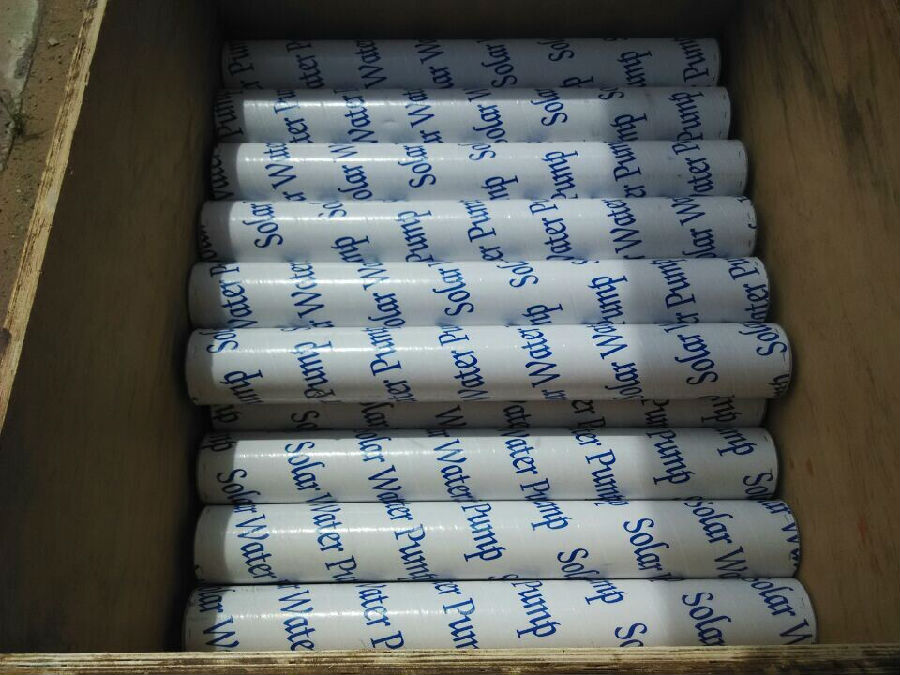
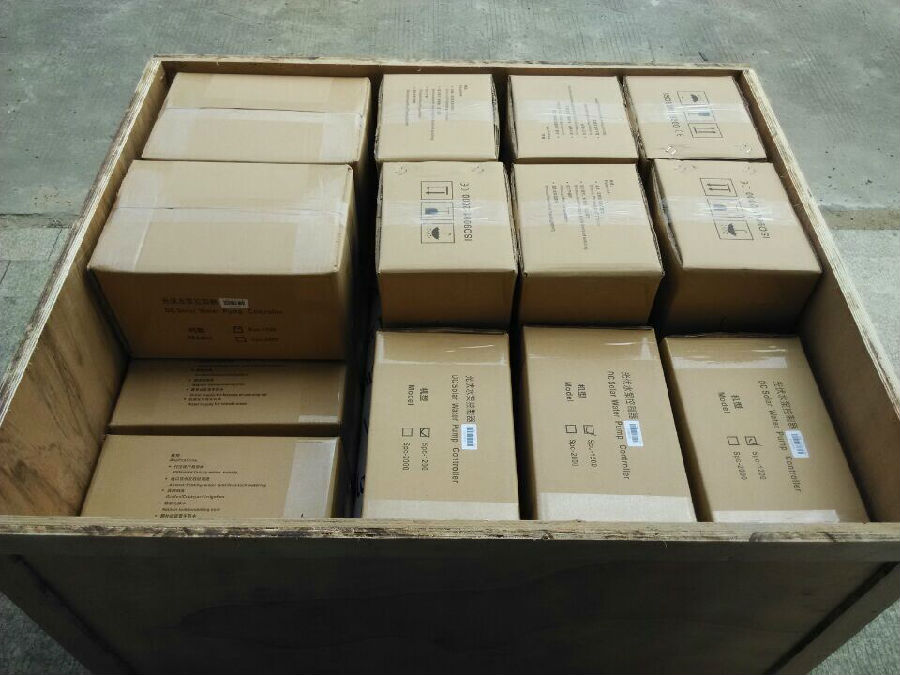
- Q: Can a solar pump be used for irrigation in agricultural fields?
- Yes, a solar pump can definitely be used for irrigation in agricultural fields. Solar pumps are an efficient and sustainable solution for pumping water, utilizing solar energy to power the pump. They can effectively provide water for irrigation purposes, helping to enhance crop growth and ensure proper irrigation in agricultural fields. Additionally, solar pumps offer cost savings by eliminating the need for traditional fuel or electricity to power the pump, making them a practical choice for farmers.
- Q: Can a solar pump be used in areas with high wind speeds?
- Yes, a solar pump can be used in areas with high wind speeds. However, it is important to ensure that the solar pump is properly secured and protected from the strong winds to prevent any damage or malfunction. Additionally, it is advisable to choose a solar pump model that is specifically designed to withstand high wind speeds and has appropriate wind load ratings.
- Q: Can a solar pump be used for desalination?
- Yes, a solar pump can be used for desalination. Solar pumps can be utilized to power reverse osmosis systems, which can effectively remove salt and other impurities from seawater, making it suitable for drinking or irrigation purposes. By using solar energy to power the pump, the desalination process becomes more environmentally friendly and sustainable.
- Q: What is the lifespan of a solar pump?
- The lifespan of a solar pump can vary depending on several factors such as the quality of the pump, the maintenance provided, and the operating conditions. However, on average, a well-maintained solar pump can last anywhere between 15 to 25 years.
- Q: Is it possible to retrofit an existing pump system with solar power?
- Yes, it is possible to retrofit an existing pump system with solar power. By installing solar panels and connecting them to the pump system, the pump can be powered by the energy generated from the sun. This allows for a sustainable and cost-effective alternative to traditional electricity sources.
- Q: Can a solar pump be used in areas with high humidity or precipitation?
- Solar pumps can be used in areas with high humidity or precipitation without any significant impact on their performance. As long as there is sufficient sunlight, the solar panels will generate electricity to power the pump, regardless of the weather conditions. In fact, areas with high humidity or precipitation can actually benefit solar pumps by keeping the solar panels clean, ensuring optimal energy production. Furthermore, solar pumps are specifically designed to withstand different weather conditions, including high humidity and precipitation. As a result, they can effectively be used for various applications in such areas, including irrigation, water supply, and wastewater management.
- Q: Can a solar pump be used for water fountains or decorative purposes?
- Yes, a solar pump can be used for water fountains or decorative purposes. Solar pumps are designed to harness energy from the sun and convert it into power to operate water features. They can be a sustainable and efficient option for creating beautiful water displays or adding a decorative touch to a garden or outdoor space.
- Q: How do I ensure the safety of the solar pump installation?
- To ensure the safety of a solar pump installation, there are several key steps that should be followed: 1. Hire a professional installer: It is important to hire a reputable and experienced installer who is knowledgeable about solar pump systems. They should have the necessary certifications and should be able to provide references. A professional installer will ensure that all safety guidelines and regulations are followed during the installation process. 2. Conduct a site assessment: Before installing a solar pump, it is crucial to conduct a thorough site assessment to identify any potential hazards or risks. This includes evaluating the location of the installation, potential electrical hazards, and the structural integrity of the area. The site assessment will help determine the best location for the solar pump and ensure that it is installed in a safe and secure manner. 3. Follow manufacturer's guidelines: It is important to carefully read and follow the manufacturer's guidelines and instructions for the installation of the solar pump. This includes proper placement, wiring, and connection procedures. Failure to follow these guidelines can result in safety hazards and may void any warranties or guarantees. 4. Use high-quality materials and equipment: To ensure the safety and reliability of the solar pump installation, it is essential to use high-quality materials and equipment. This includes using durable and weather-resistant components, proper wiring and grounding, and adequate protection against electrical surges or lightning strikes. 5. Regular maintenance and inspections: It is important to conduct regular maintenance and inspections of the solar pump system to ensure its continued safety and efficiency. This includes checking for any signs of wear or damage, cleaning the solar panels, and testing the electrical connections. Regular inspections will help identify any potential issues or safety concerns before they become major problems. 6. Install safety devices: To further enhance the safety of the solar pump installation, it is recommended to install safety devices such as circuit breakers, surge protectors, and grounding systems. These devices help protect against electrical faults, overloads, and other potential hazards. 7. Educate yourself and others: It is important to educate yourself and others about the safe operation and maintenance of the solar pump system. This includes understanding how to safely shut off the system in case of emergencies, knowing the location of emergency shut-off switches, and being aware of any potential hazards. By following these steps and ensuring that proper safety measures are in place, you can ensure the safety of your solar pump installation. It is always recommended to consult with a professional installer or a certified electrician for guidance and assistance throughout the process.
- Q: What is the maximum pressure a solar pump can generate?
- The maximum pressure a solar pump can generate depends on various factors such as the specific model and design of the pump, the amount of sunlight available, and the pumping system's efficiency. However, solar pumps typically have the capability to generate pressures ranging from 20 to 100 pounds per square inch (psi) or higher.
- Q: Can a solar pump be used for filling or emptying water tanks?
- Yes, a solar pump can be used for both filling and emptying water tanks. Solar pumps convert sunlight into electricity to power the pump, allowing it to draw water from a source and fill a tank or to empty water from a tank and transfer it elsewhere. This makes solar pumps a sustainable and cost-effective solution for water management.
Send your message to us
Best Solar Brushless Water Pump for Bird Bath
- Loading Port:
- Shanghai
- Payment Terms:
- TT OR LC
- Min Order Qty:
- -
- Supply Capability:
- 300 set/month
OKorder Service Pledge
Quality Product, Order Online Tracking, Timely Delivery
OKorder Financial Service
Credit Rating, Credit Services, Credit Purchasing
Similar products
Hot products
Hot Searches
Related keywords
